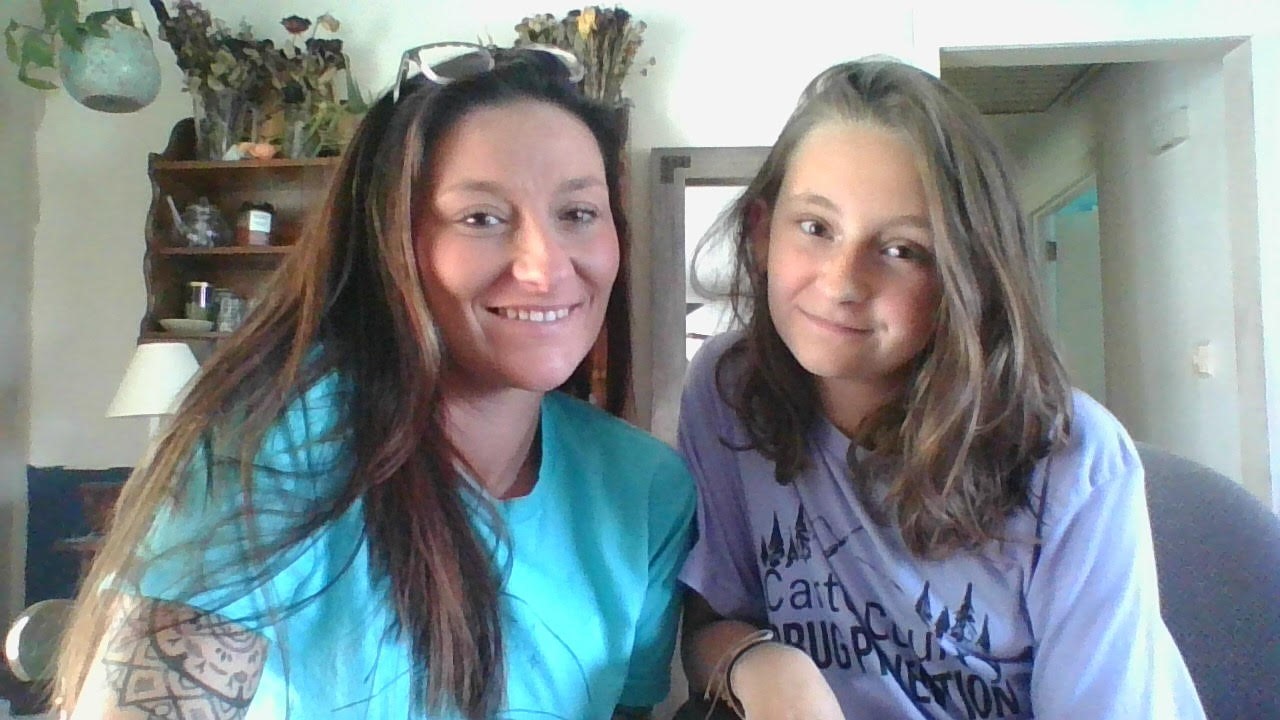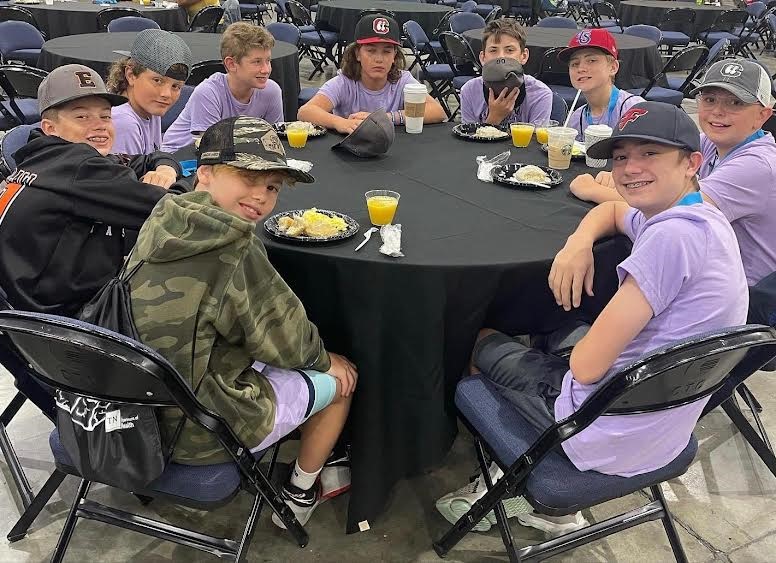(NewsNation) — The opioid epidemic is forcing parents to make difficult decisions about exposing their children to the harsh realities of addiction at an early age. Some have embraced the belief that it’s better to teach kids how to prevent an overdose rather than let them live through the trauma of watching someone they love die before their eyes.
In Carter County, Tennessee, Jilian Reece started a unique program aimed at choosing the lesser of two evils. She began training kids — some as young as elementary school — how to use naloxone, a nasal spray that rapidly reverses the effects of an overdose.
“So many people would say, ‘I don’t need that; my kids aren’t around that.’ And I’m like, ’Do you go to the grocery store? Do your kids go to school? Are you at church?’” Reece said. “One in four people in our community are struggling with this. … Sometimes our kids may honestly be the only thing that could save a parent from an overdose.”
That may seem like a lot for a child to handle. But Reece — who is the director of a local drug prevention program — said teaching a child about naloxone is about more than saving the lives of their parents, siblings or friends. In her experience, the kids she works with don’t want to be helpless in the face of an emergency.
It’s a topic her community is familiar with. Carter County has faced higher than average deaths since the opioid crisis first swept the country in 2014.

Adding to the epidemic is the increasing presence of deadly fentanyl, which is alarmingly making its way into drugs teens and kids are more likely to experiment with, like Adderall.
Worrying about her classmates is one reason why 12-year-old Rylee Tester asked her mom to take part in the training.
“I would usually check if they have a pulse, or if they’re not responding, or anything like that. And if they’re not, I take it and shoot it up their nose, and I back off and wait at least about 10 seconds,” she said, recounting the class. “And if it didn’t work, I’d try it again. And hope they woke up.”
Tester is around people in recovery more than most middle schoolers. Her mom, Tia Hughes, runs recovery living homes for the county — and is seven years sober herself.
“I would like to be able to protect her from that stuff. I would like to be able to say it’s never going to affect you,” Hughes said. “But when reality hits, I can’t keep her in the bubble. … She can be a part of saving that life. So it’s a little bit of a double-edged sword.”
Witnessing an overdose — particularly if it’s fatal — can lead to depression, anxiety, PTSD and later substance misuse. It profoundly affects the physical and social development of a child, made worse by the feelings of helplessness and hopelessness at that moment, according to Karla Shockley McCarthy, who developed a toolkit on the subject.
“We can teach a kid five or six years old to call 911,” Shockley McCarthy said. “They can understand (overdose). They can see it happening. … We want to build these kids’ resilience, and a lot of resilience has to do with, ‘Are you able to do anything?’”
With more and more children exposed to the devastating consequences, experts say it’s not enough to hope kids will never witness an overdose. Instead, they need to be armed with information about what to do.

However, Shockley McCarthy said there isn’t a lot of research on whether educating children about addiction improves how they recover from witnessing an overdose.
“But we do know that — this includes children — when people have resources, understanding and can do something, their long-term outcomes are improved,” she said.
Eighty percent of overdose deaths occur inside the home, according to the Centers for Disease Control and Prevention, making naloxone an important tool for preventing deaths.
But Shockley McCarthy emphasizes that kids need to also be taught that it’s not their job to “save” a person struggling with addiction. Naloxone doesn’t always work, particularly when fentanyl is involved. It’s best used as a stop-gap until medical help arrives.
Carter County’s training takes this holistic approach and tries to spread information in many different settings. One of their most popular is an interactive, murder mystery program designed to help reduce the stigma around using naloxone.
They also incorporate it into babysitting training through the county, and kids have reported they’ve taught their friends. Twelve-year-old Tester feels more prepared to talk about drug use to other students.
“Think of being in middle school for instance, like people want to act all cool,” she said. “Just knowing these things, and knowing what to do in the situation … wanting to know what they’re going through is just something I want and probably will be prepared for.”

The program also offers one-on-one training with a guardian’s consent. That gives Reece a window into families, offering a chance at an intervention and support that may not happen otherwise.
Five years into the program, Reece understands that some people may think kids shouldn’t be exposed to something so dark. But then she tells them the story of a foster kid who took the training.
“He had actually watched two of his family members die of overdose,” she said. “About three years later … he actually had a friend who had overdosed at a party, and he was able to revive them enough to get them to the hospital.”
She remembered: “He reached out to me and said, ‘I got to save someone.’”
